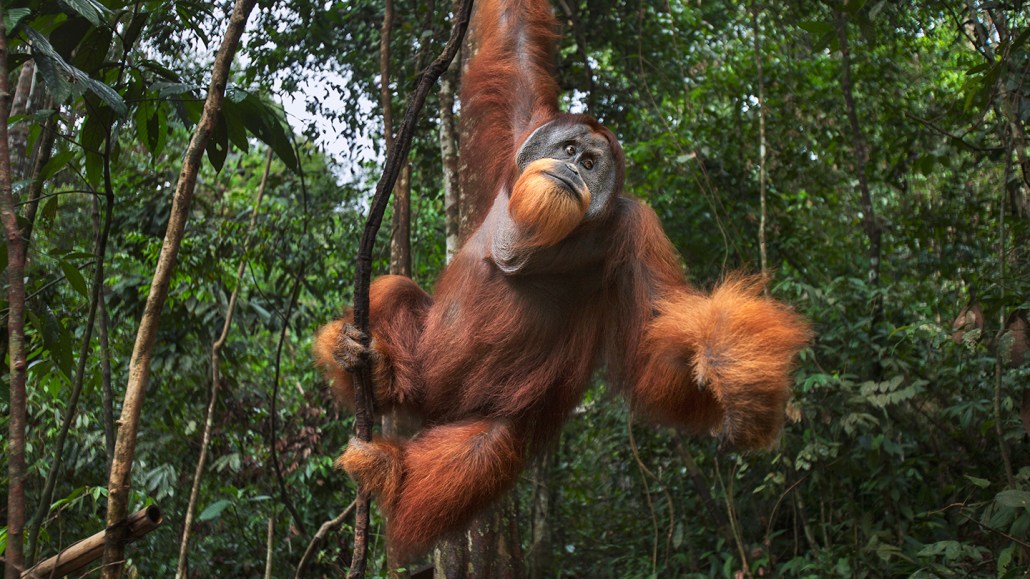Ancient giant orangutans evolved smaller bodies surprisingly slowly
The now-extinct animals were still considerably larger than their modern kin

Fossil discoveries in southern China suggest that a now-extinct orangutan species gradually shrank in size over nearly 2 million years, but still remained considerably larger than modern orangutans such as this one.
Anup Shah/Stone/Getty Images







